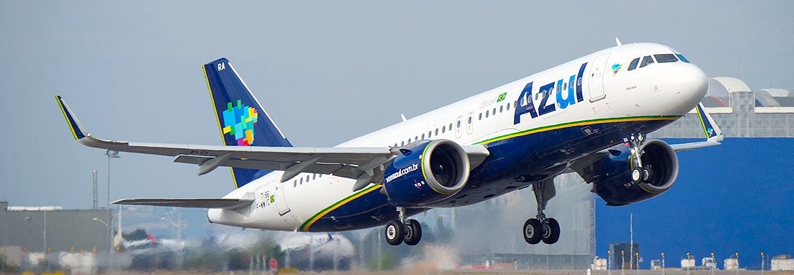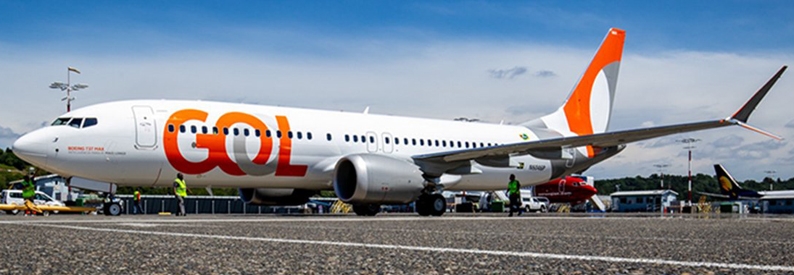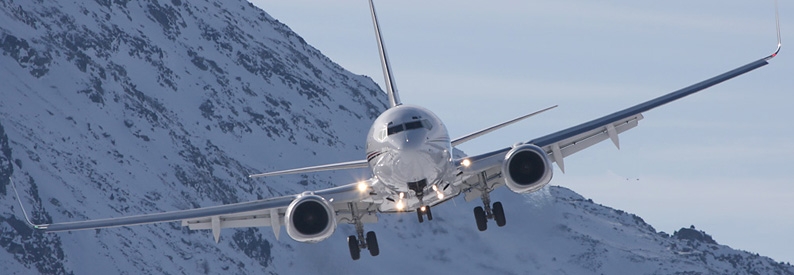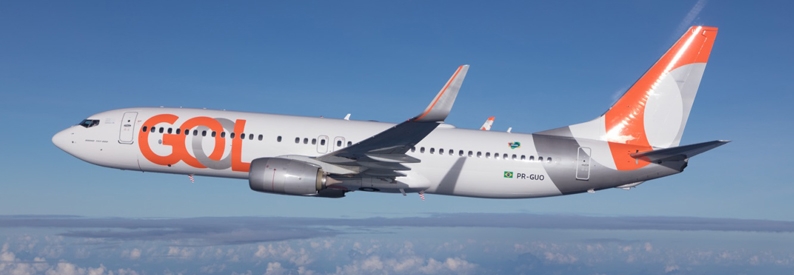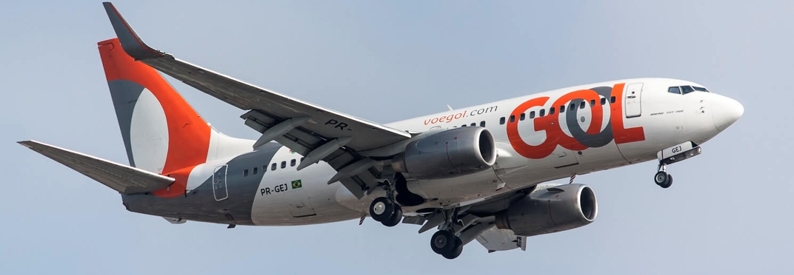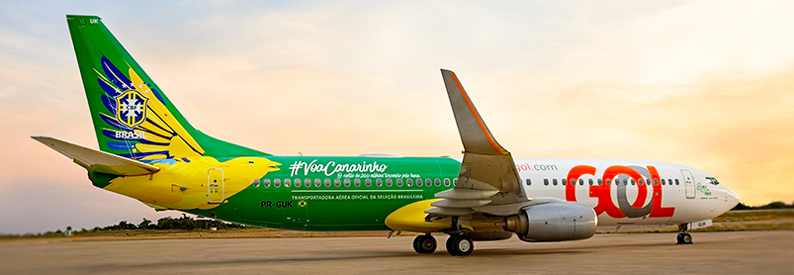Belo Horizonte Pampulha is set to resume commercial jet operations for the first time since a ban on large aircraft (50+ seats) was instituted in 2005 on the grounds of noise abatement. All such operations were subsequently transferred to Belo Horizonte Tancredo Neves which, unlike the centrally located Pampulha, is situated 40km outside of town.
This past week, representatives from GOL Linhas Aéreas Inteligentes (G3, São Paulo Congonhas), Azul Linhas Aéreas Brasileiras (AD, São Paulo Viracopos), TAM Linhas Aéreas (São Paulo Congonhas), and Avianca Brasil (São Paulo Congonhas) met with officials from Brazil's civil aviation authority (ANAC), the state-run airports company (INFRAERO), and the Brazilian Association of Airlines (ABEAR) to finalize slot allocations ahead of the airfield's reopening to large scale traffic.
Local media reports indicate that initially, four landing and take-off slots per hour have been allocated to jet aircraft with Azul expected to claim the lion's share. ANAC is expected to make its decision in due course.
Though local politicians have voiced their opposition to the move, ANAC's Superintendent of Airport Financial Affairs, Clarissa de Barros, has said that Belo Horizonte's two airports should compete with each other in the interests of providing more cost-effective and efficient services to the local economy. While Pampulha is still state-owned, Tancredo Neves was removed from INFRAERO's control following its privatization in 2014.
Currently, Azul and Passaredo Linhas Aéreas (Ribeirão Preto Leite Lopes) are the only scheduled operators at the airfield offering ATR72 flights to São Paulo Viracopos and Rio de Janeiro Santos Dumont in the former's case and Porto Seguro, Ribeirão Preto Leite Lopes, and Salvador International in the latter's. The advent of jet operations could see a resumption in services to São Paulo Congonhas, Brasília Juscelino Kubitschek International, Vitória Goiabeiras, Rio de Janeiro Santos Dumont, and Curitiba International.

